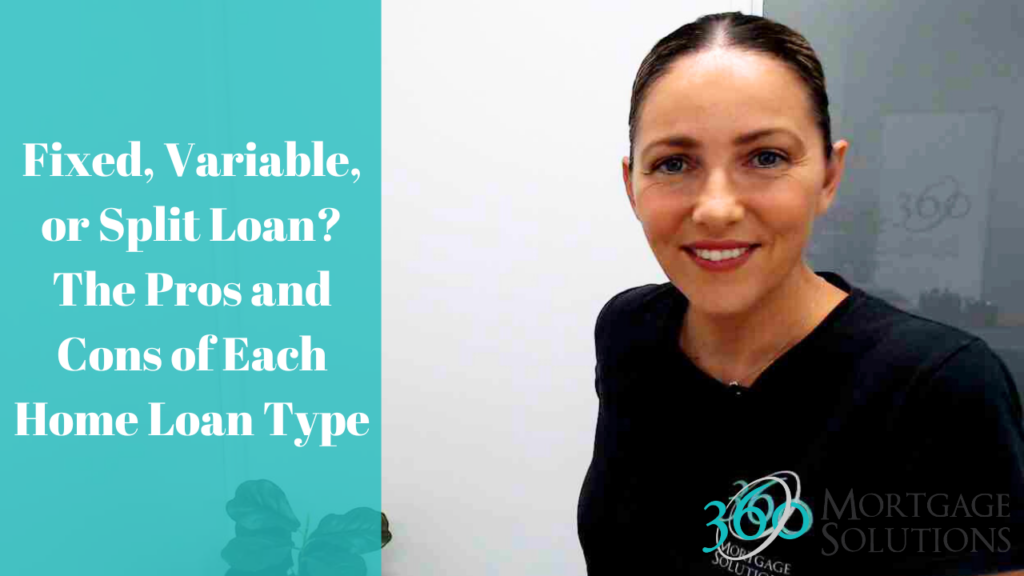Choosing the right home loan type is one of the most important decisions you’ll make as a first-time home buyer. Among the most common loan types are fixed-rate loans, variable-rate loans, and split loans. Each comes with its own set of advantages and drawbacks. In this post, we’ll walk you through the differences and help you decide which home loan option might be best for you.
1. Fixed-Rate Home Loans
A fixed-rate home loan means that your interest rate remains the same for the entire term of the loan, whether it’s 15, 20, or 30 years. This is the most traditional option, offering consistency and predictability with your monthly payments. The major benefit is that you know exactly what your payments will be throughout the loan term, making it easier to budget.
However, the downside of fixed-rate loans is that they often come with higher interest rates compared to variable loans, especially for long-term loans. This means that although you have predictable payments, you may end up paying more in interest over the life of the loan.
2. Variable-Rate Home Loans
A variable-rate home loan (or adjustable-rate mortgage) has an interest rate that can change over time, typically based on a market index. Initially, these loans often come with lower interest rates than fixed-rate loans, which means lower monthly payments at first.
However, the biggest risk with variable-rate loans is that your rate—and therefore your payments—can increase over time. This means that while you might save money initially, you could face rising payments if interest rates go up. If you’re planning on selling or refinancing in the short term, a variable loan can be a good option. But if you’re in it for the long haul, the fluctuations could be a concern.
3. Split Loans
A split loan combines the best of both fixed and variable loans. With a split loan, you can allocate part of your mortgage to a fixed rate and part to a variable rate. This gives you the stability of fixed payments for part of your loan, while also taking advantage of potentially lower rates with the variable portion.
The main advantage of a split loan is the balance between security and flexibility. However, managing a split loan requires careful consideration of how much to allocate to each portion, and it may not be the right fit for everyone. If you’re unsure, it’s important to consult with a lender to help you make an informed decision.
Which Loan Is Right for You?
Choosing the right home loan depends on your financial situation and comfort level with risk. Fixed-rate loans offer stability, but at a higher upfront cost. Variable-rate loans offer lower initial payments but carry the risk of future increases. Split loans offer a combination of both, but they can be more complex to manage.
Take the time to assess your financial goals, and consider speaking with a mortgage broker to find the loan type that works best for your needs.
Need to talk it out?
You can book a fee free meeting with the team to go over your situation so we can provide you with some tailored advice – Book here

